Regular postage stamp issues, also known as definitive stamps, were printed in stamp sheets up to the 1890s. How stamps are printed has changed through time as postmasters have found it cumbersome and time consuming to tear off the delicate sheet stamps.
Years later, the postal service solved this drawback through the invention of stamp dispensing machines. Since then, postage stamps have been issued in various innovative ways for the ease of the post office staff and the sender.
Stamps can be bought in stamp sheets, coils, or booklets. There are envelopes and postcards that have imprinted stamps, these are called postal stationeries.
Stamp sheets
The first postage stamps were printed by sets on a large stamp paper. These stamps are then separated into “panes” (smaller portions of the stamp sheet), before they are shipped to the post office. What we now call as stamp sheets are actually the stamp panes.
By US standards, a stamp sheet consists of 50 individual stamps. Smaller sheets, called stamp sheetlets, contain lesser stamp quantities. A block of four corner stamps on a pane is called a corner block. Loose postage stamps are called singles.
To avoid accidental tearing on the different parts of the postage stamps, perforations were introduced. The spaces that separate one individual stamp to another are where the stamps are cut or perforated.
Miniature sheets
In 1923, Luxembourg gave another first to the world of philately when they made miniature stamp sheets to honor the birth of Princess Elisabeth. A sheetlet or what is also known as a souvenir sheet is a small group of postage stamps whose individual designs comprise a bigger composite design. Miniature sheets may either be imperforated or not.
Souvenir sheets are often issued as commemorative stamps and most of these stamp prices were above their face value. Philatelists prefer to keep miniature sheets in mint condition to preserve their designs. One of the earliest sheetlets like the US White Plains sheet dated 1926 has a stamp value worth hundreds of dollars today.
Stamp coils
In the 20th century, sheet stamps were replaced with the more handy strips of stamps rolls; these came to be known as stamp coils. Stamp coils were one stamp-wide and were dispensed using a coil stamp dispenser.
Mechanical coil or roll stamp dispensers were special vending machines that issued postage stamps, and they were conveniently located along the streets or near mailboxes. Manual coil stamp dispensers resemble adhesive cellophane tape dispensers with teeth on the edge to cut the stamps.
A stamp can be identified if it came from a coil or sheet through its perforations: coil stamps have two serrated edges because they are issued in a long strip, while sheet stamps have four perforated sides.
Stamp booklets
The sheet stamps were hefty to carry around and loose stamps were so small, that they can easily get lost. The postal service thought of a clever way to give out stamp issues by binding several panes together. It was called a postage stamp booklet and it usually contains 10 to 20 stamps, bound and covered with colorful cardboard.
Advertising labels were often printed on the cardboard cover of the stamp booklets. Early stamp booklets were bound by stitching the stamp panes onto the cover and advertising pages were inserted on the interleaves. Later editions were already stapled together or bound with glue.
Postal stationery
There are also letter sheets, postcards, envelopes, and newspaper wrappers with a form of an embossed stamp on them. The concept of postal stationery sets goes back to the 1800s when countries such as New South Wales, Russia, Finland, and Germany utilized pre-stamped documents before adhesive stamps were introduced.
The imprinted stamp or the indicum was issued like a regular postage stamp. It was sold in post offices at face value plus a surcharge for the stationery. William Mulberry was credited for making the first envelopes with embossed stamps in 1840. This came to be known as the Penny Pink because it was released in Great Britain the same year with the Penny Black stamp. Austria created the first stamped postcards in 1869.

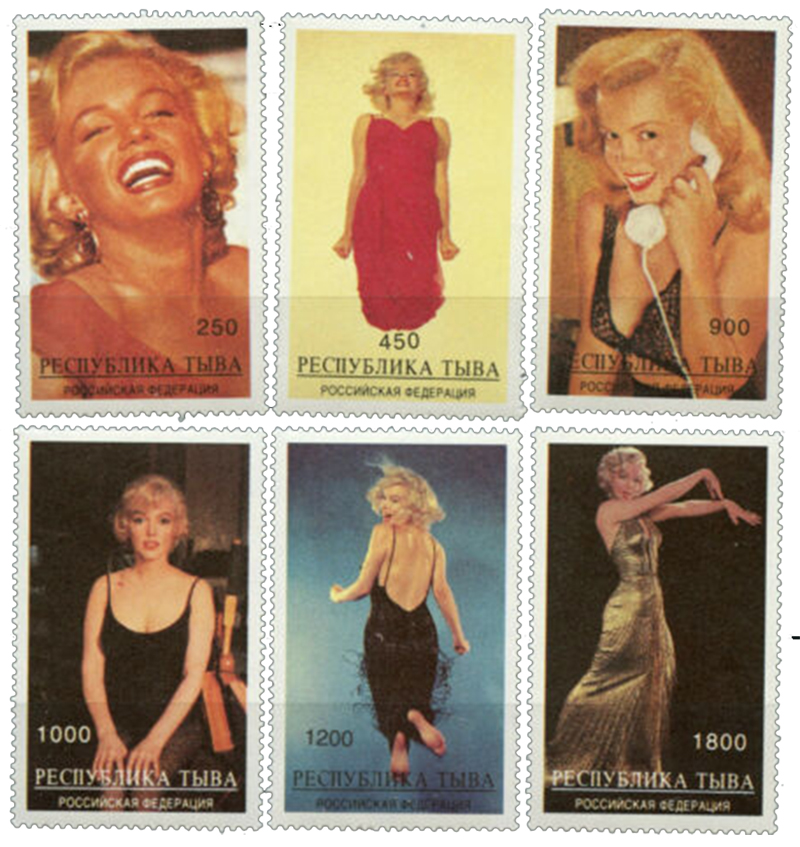
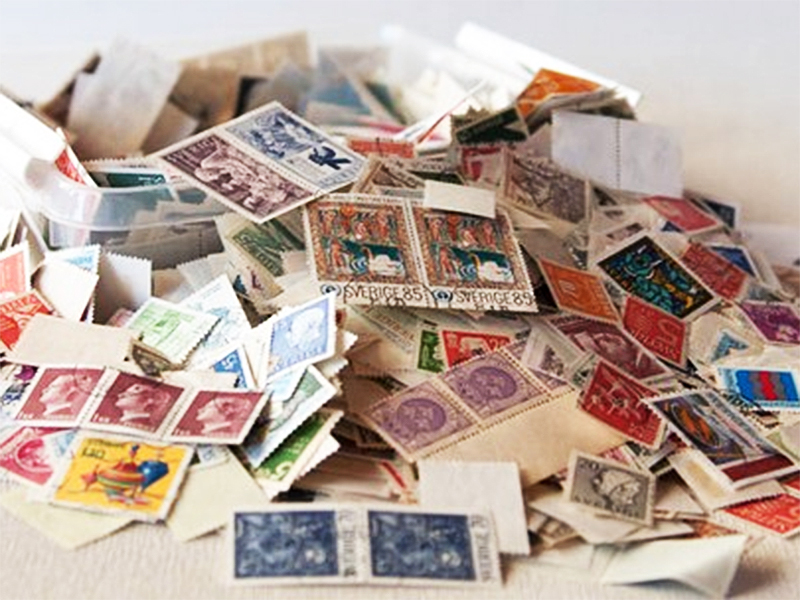
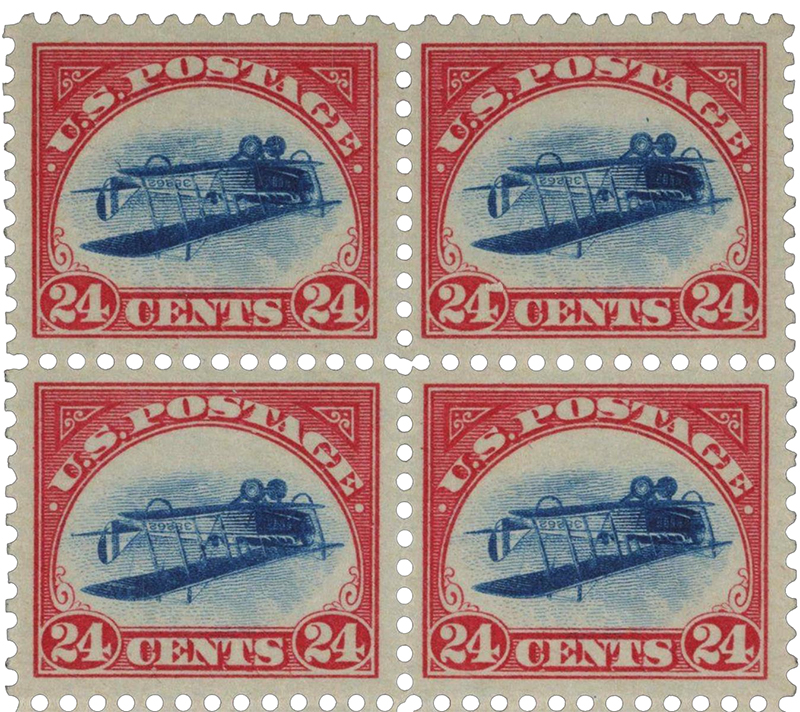
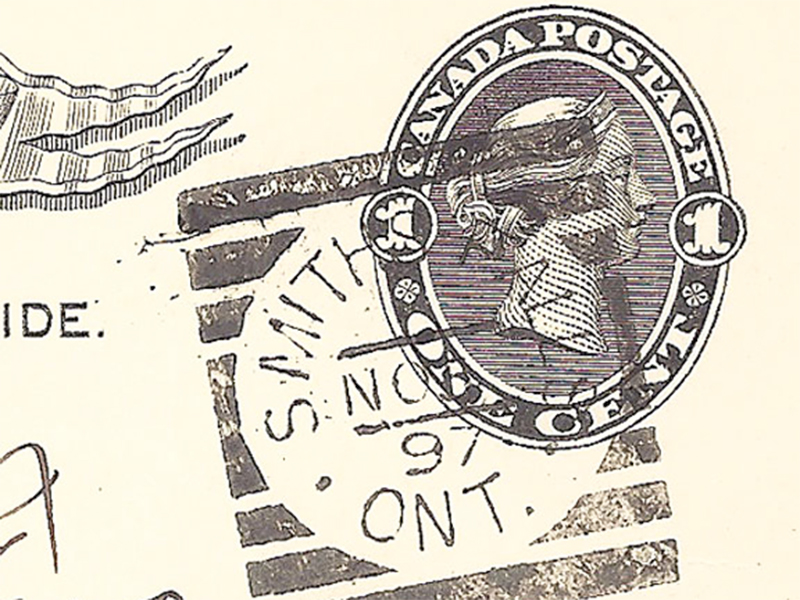
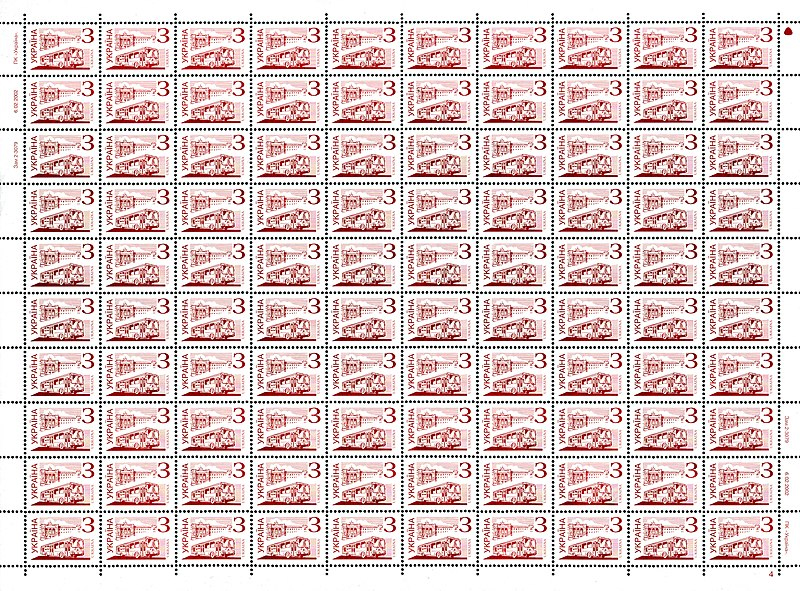
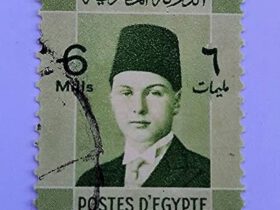



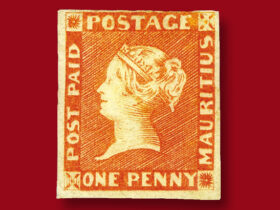
Leave a Reply